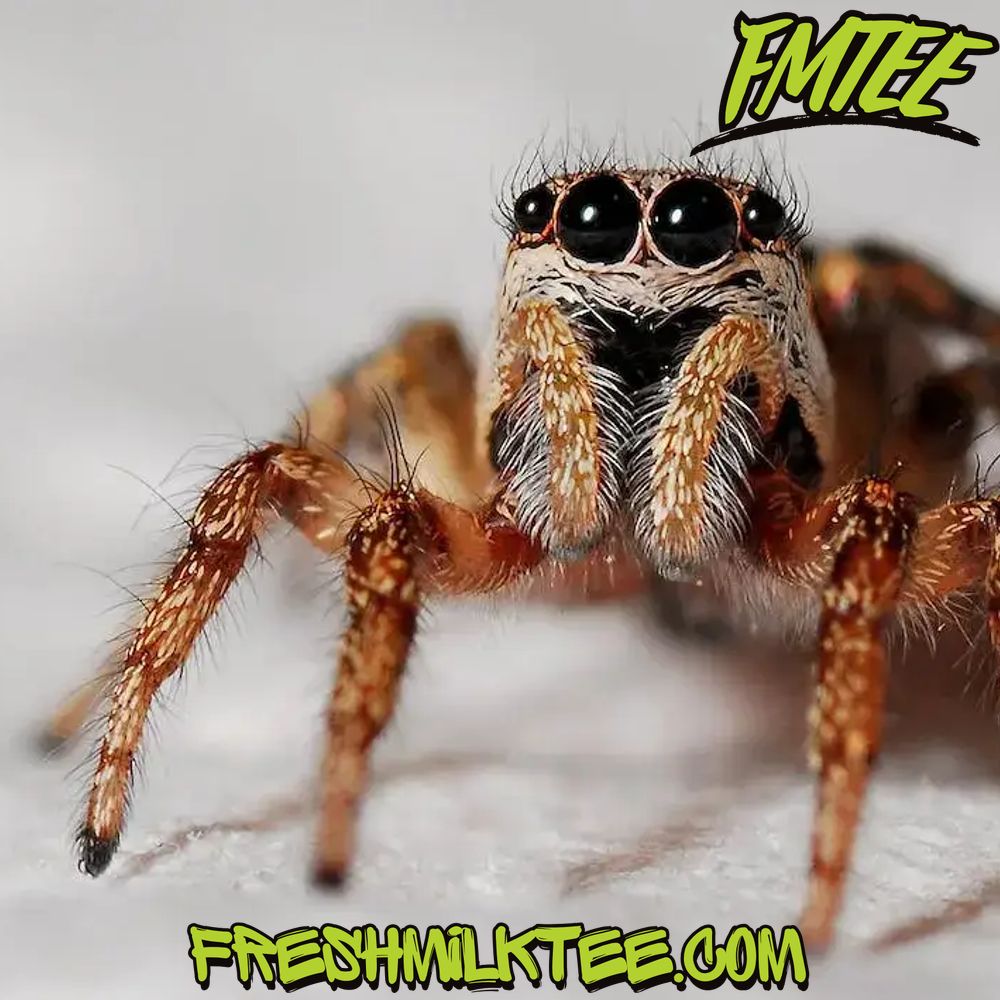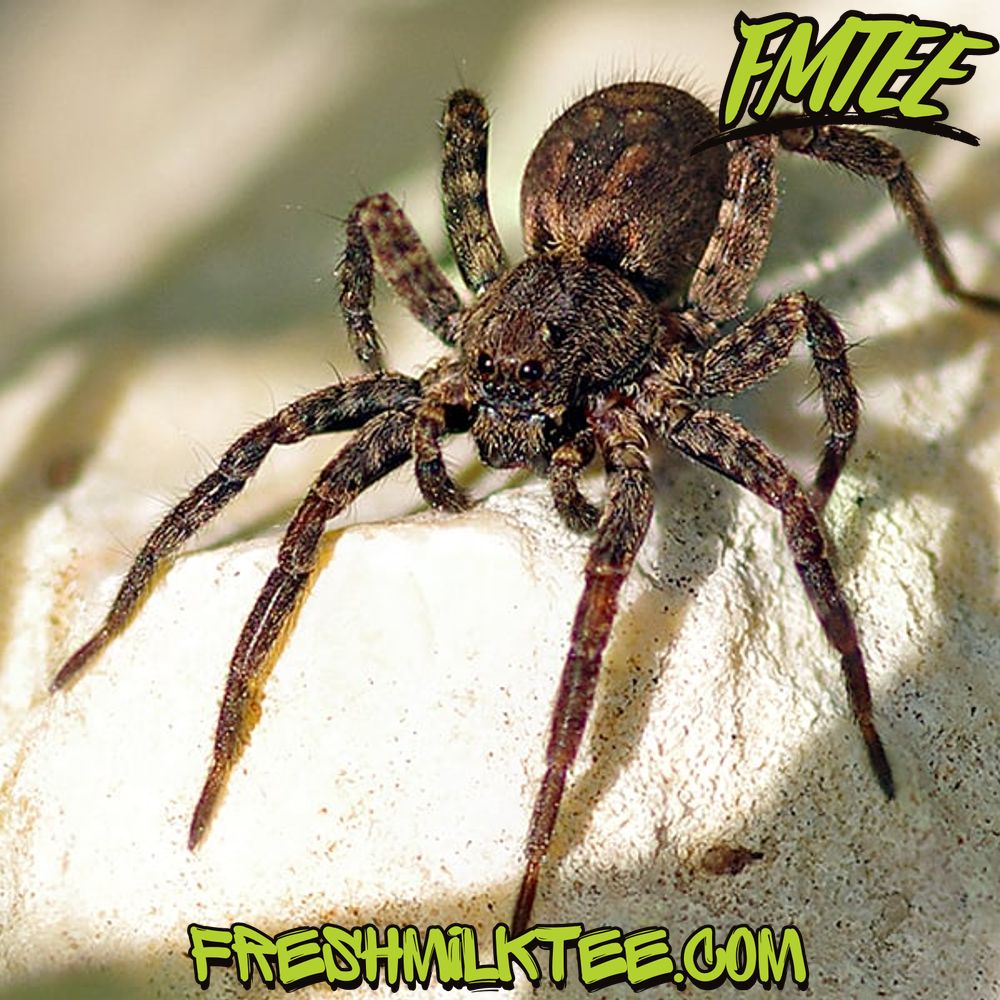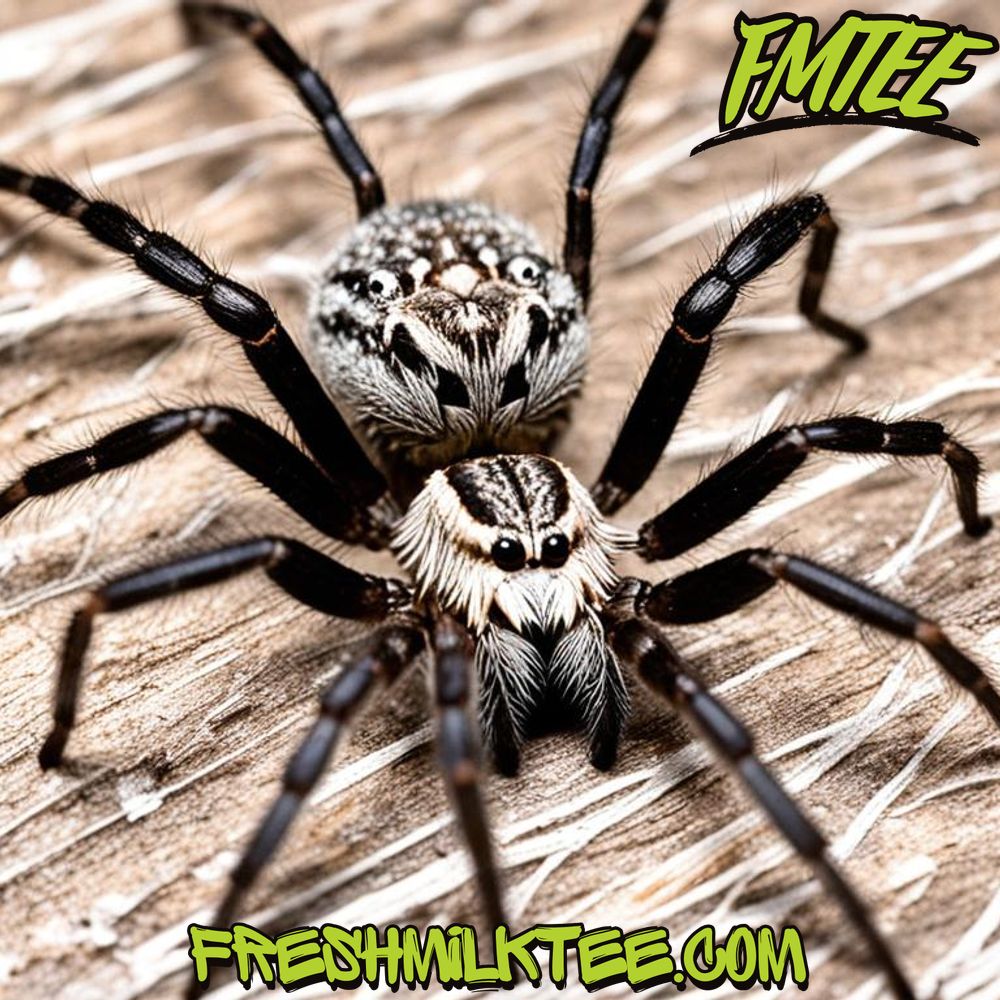Blog
Why Do Spiders Go into a Ball When They Die?
Why Do Spiders Go into a Ball When They Die?
Introduction to Spider Death Behavior
Spiders are fascinating creatures that have long captured human curiosity due to their behavior, appearance, and role in ecosystems. One particular aspect of spider behavior that intrigues people is the phenomenon of spiders curling up when they die. This seemingly mysterious behavior raises the question: why do spiders go into a ball when they die? The answer lies in both the physical structure and the physiological processes occurring at the time of death. In this article, we will explore the science behind spiders curling up when they die, spider death behavior, and other related concepts like spider leg contraction, rigor mortis, and arachnid death curl.
Understanding Spider Curling Up After Death
Why Do Spiders Curl Up When They Die?
When a spider dies, it often assumes a curled-up position, with its legs drawn towards its body. This behavior can be attributed to the way spiders’ muscles and exoskeletons function. Unlike mammals, spiders have an exoskeleton, and their movement is controlled by a fluid-filled system that allows them to extend and contract their legs. After death, the fluid pressure within the spider’s body drops, causing its legs to contract and fold towards the body.
This curling motion is also a result of rigor mortis, the post-mortem stiffening of muscles that occurs in many animals after death. In spiders, spider leg contraction due to rigor mortis causes the spider’s legs to tuck in tightly, forming the characteristic ball-like shape.
The Science Behind Spider Death Curl
The arachnid death curl is a natural part of the spider’s death process. When the spider dies, its internal systems stop functioning, and the spider muscle control during death ceases. The spider legs tuck in because, in the absence of fluid pressure, the muscles and joints become stiff and the legs are pulled in towards the body.
The spider curled up after death phenomenon can also be influenced by environmental factors. For instance, dehydration or extreme cold can cause the muscles to contract more quickly, resulting in a tighter curl. The spider body curl is thus a direct consequence of muscle contractions and the spider’s anatomy.

Spider Death Process and Muscle Control
Spider Leg Muscles After Death
After a spider dies, its muscles, which are responsible for extending its legs, lose their ability to function. Spiders have a unique feature: their muscles are not solely responsible for leg extension. Instead, spiders rely on fluid pressure within their body to extend their legs. When the spider dies, this fluid pressure decreases, and the spider legs fold inwards due to the lack of hydraulic pressure.
As a result, the spider’s legs tuck in, causing it to assume the curled-up position. This contraction of the legs is a result of the spider’s muscle structure and its inability to maintain fluid pressure post-mortem.
Spider Muscle Control During Death
The loss of muscle control during death is a key factor in why spiders curl up after they die. In living spiders, muscle control death is vital for movement, and it is only after death that the spider’s body succumbs to a lack of muscle function. This lack of muscle control during death causes the spider’s legs to fold inward, forming a tight ball.
The spider death process and the resulting spider curled up after death position is similar to other arthropods. However, spiders, with their unique hydraulic leg extension system, exhibit this characteristic ball-like posture more distinctly.
The Role of Rigor Mortis in Spider Death
Spider Rigor Mortis and Its Effects
Rigor mortis, the stiffening of muscles after death, plays a crucial role in why spiders curl up when they die. As rigor mortis sets in, the spider’s muscles lock into position, causing its legs to remain contracted. This process typically begins a few hours after death and results in the spider body curl.
While rigor mortis is not unique to spiders, the effect on their legs is particularly noticeable because of the way spiders’ legs are controlled by fluid pressure. Once rigor mortis sets in, the spider’s legs remain in a curled position, often giving the spider the appearance of having rolled into a ball after death.
Arachnid Death Curl and Its Causes
The arachnid death curl is a specific manifestation of rigor mortis in spiders. This death curl occurs because the spider’s legs are held in place by its exoskeleton, and once the spider leg muscles lose their ability to function, the legs naturally contract into a ball-like shape. This is an inherent biological response, ensuring the spider’s body remains in a compact, stable position after death.

What Happens When Spiders Die?
Do Spiders Roll into a Ball After Death?
One common observation that people make when encountering a dead spider is that it appears to have rolled into a ball. While it might seem like the spider has rolled, the actual process is more about its legs curling inward due to the physiological mechanisms at play. The process of spiders rolling into a ball after death is a misinterpretation; what actually happens is the natural spider physiology death response, where the spider’s body assumes a curled position due to muscle contraction.
How Spiders Die: The Death Process Explained
The process of how spiders die involves a combination of factors, including the cessation of muscle function, loss of fluid pressure, and the onset of rigor mortis. Once a spider reaches the end of its life, it enters a phase where its muscles and internal systems shut down. This leads to the characteristic dead spider posture, where the spider’s body curls inward. The spider death explanation is based on both mechanical and biochemical processes that ensure the spider’s legs fold into the familiar curled-up shape.
Additional Insights into Spider Death Posture
Why Spiders Ball Up When Dying
There is no clear evolutionary advantage to the spider ball-up behavior, but it may be a side effect of their unique anatomical structure. The reason why spiders ball up when dying is likely a result of their fluid-driven leg movement system. The muscles that control their legs lose function when they die, causing the legs to retract into a tight, protective position.
Spider Body Curl: What It Means
The curled-up spider meaning is primarily a biological response to death. While the curled position may appear eerie, it is simply the result of the spider’s muscles contracting due to rigor mortis. This posture doesn’t indicate anything supernatural but rather reflects the physical processes that occur during death.
Conclusion: The Fascinating Physiology of Spider Death
In conclusion, the phenomenon of spiders curling up when they die is a fascinating example of how anatomy and physiology interact. Spider muscle control during death and rigor mortis are critical in understanding why spiders adopt this specific posture after passing away. The spider death curl, or arachnid death curl, is a natural consequence of these processes. Despite the mysterious appearance, this curled-up behavior is a predictable and scientifically explainable part of the spider death process.
If you’ve ever wondered why spiders curl their legs or why spiders contract when dead, now you know the answer is rooted in their biology and physiology.
For more insights into the natural world and unique animal behaviors, feel free to visit dinounicorn.com or freshmilktee.com to support us.

Frequently Asked Questions (FAQs)
1. Why do spiders curl up when they die? Spiders curl up due to the lack of fluid pressure in their bodies, which causes their leg muscles to contract. This is further influenced by rigor mortis.
2. Do all spiders curl up when they die? Most spiders exhibit this behavior, but the extent of the curl may vary depending on factors such as the spider’s size, species, and environmental conditions.
3. How long does it take for a spider to curl up after death? It generally takes a few hours after death for rigor mortis to set in and the spider’s legs to contract into the curled-up position.
4. What does it mean when a spider is curled up after death? It simply means that the spider has passed away, and its muscles have stiffened due to rigor mortis, causing its legs to fold inward.
5. Can spiders die from dehydration or environmental stress? Yes, dehydration and extreme temperatures can cause spiders to die and may accelerate the spider body curl process.
6. What is rigor mortis in spiders? Rigor mortis is the stiffening of muscles after death, causing the spider’s legs to curl inward.
7. Why do spiders’ legs tuck in when they die? The legs tuck in as a natural result of the spider’s muscle contraction post-mortem, which is intensified by rigor mortis.
If you can, please visit dinounicorn.com or freshmilktee.com to support us.

